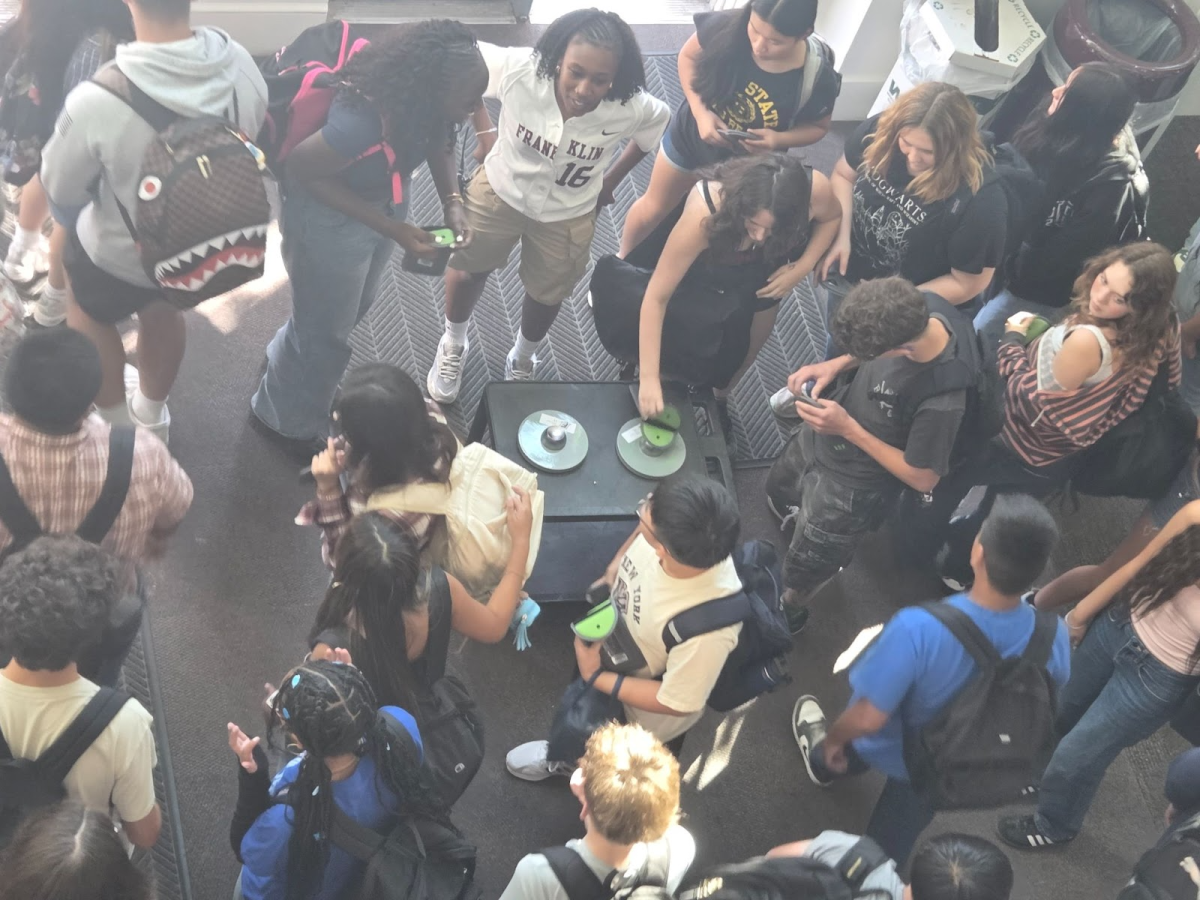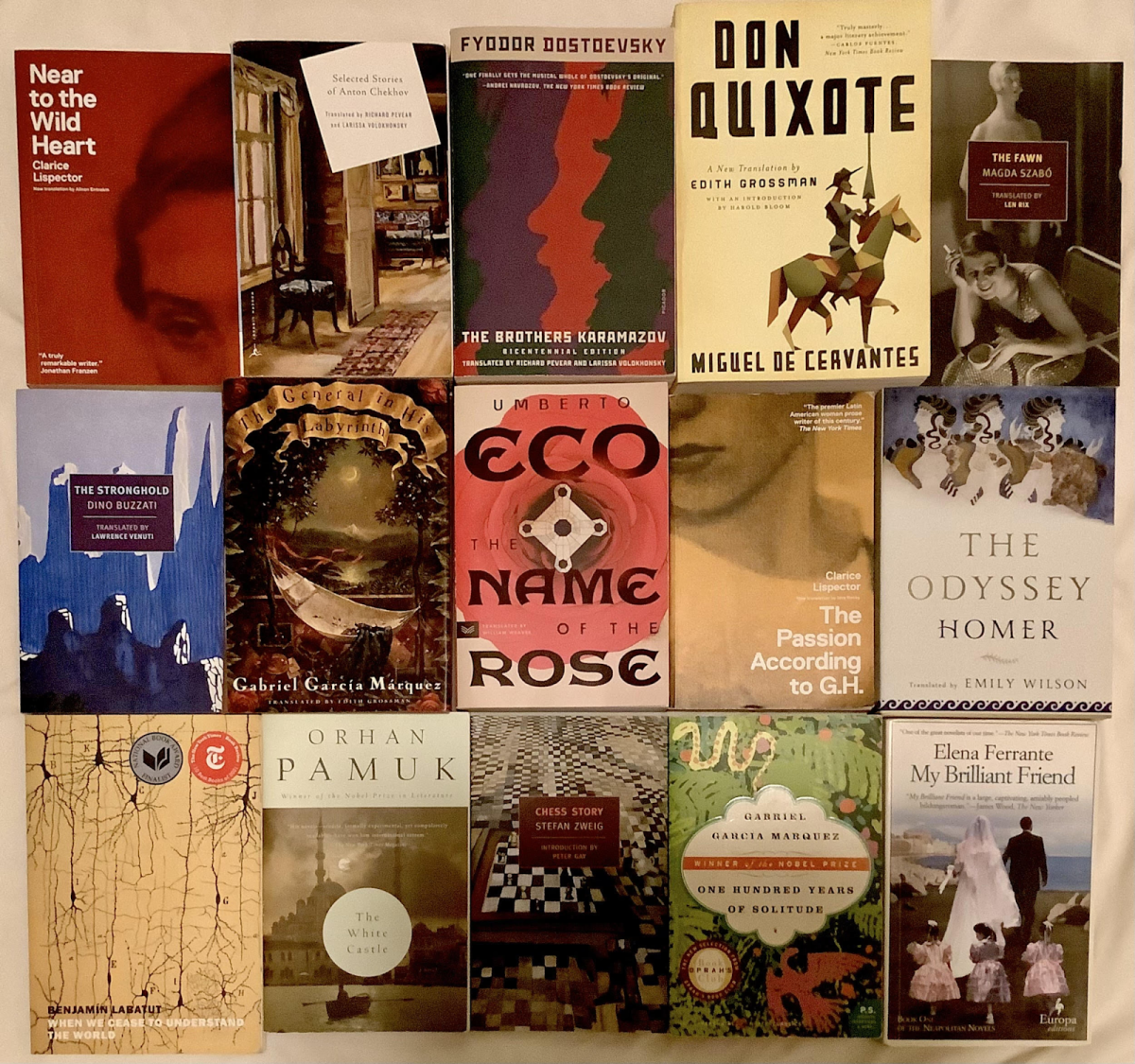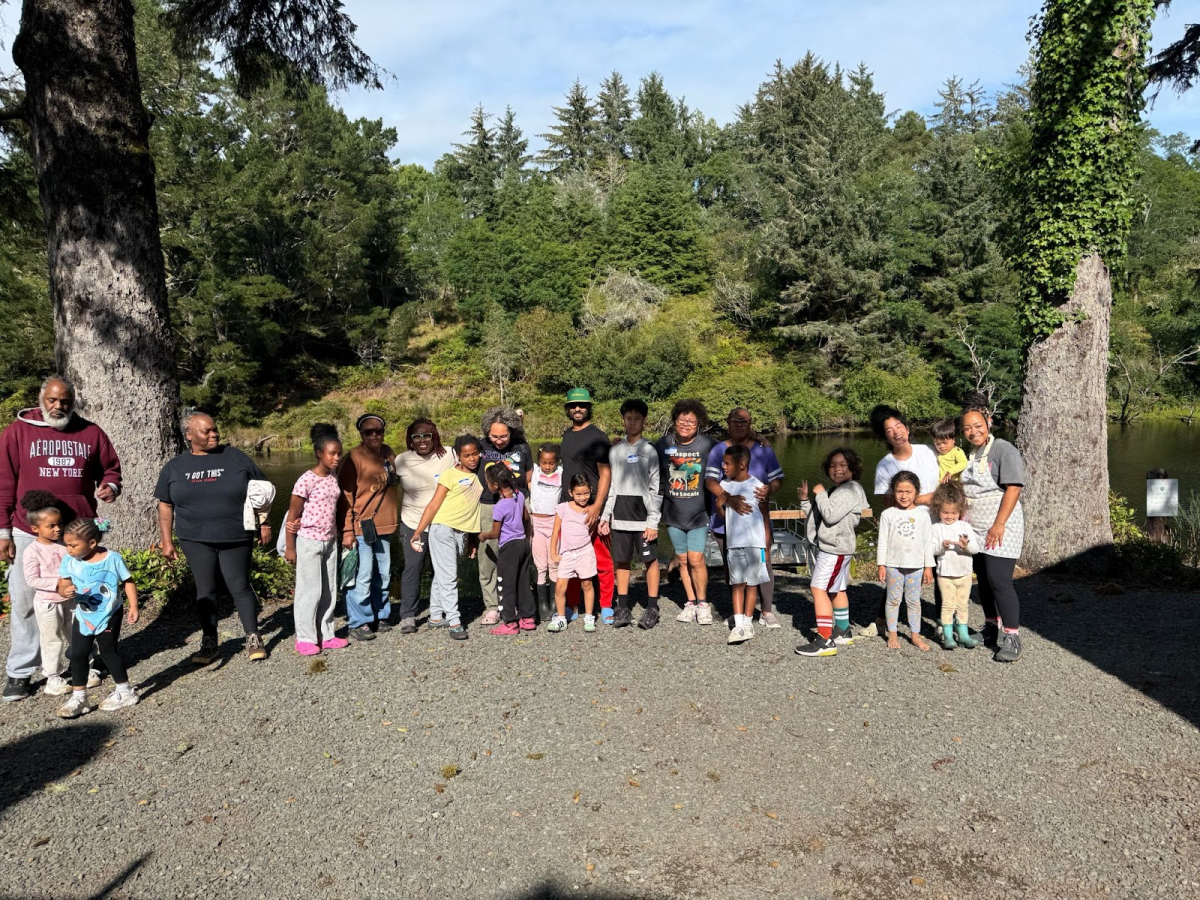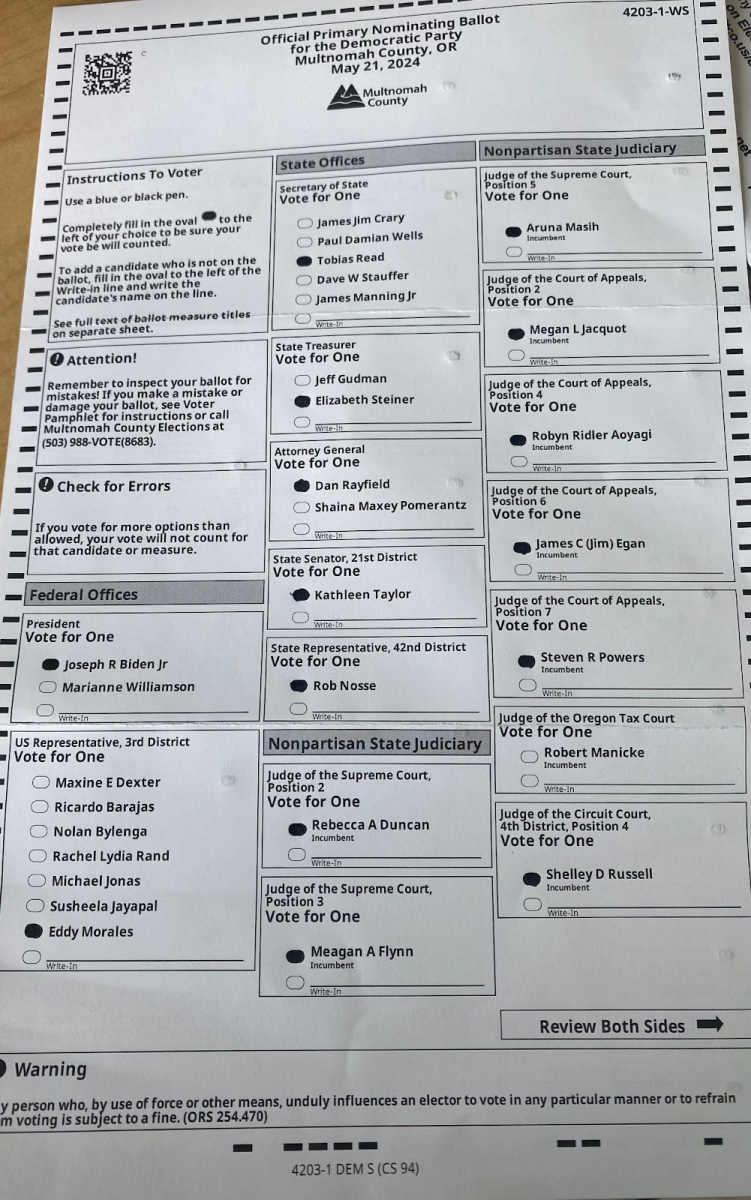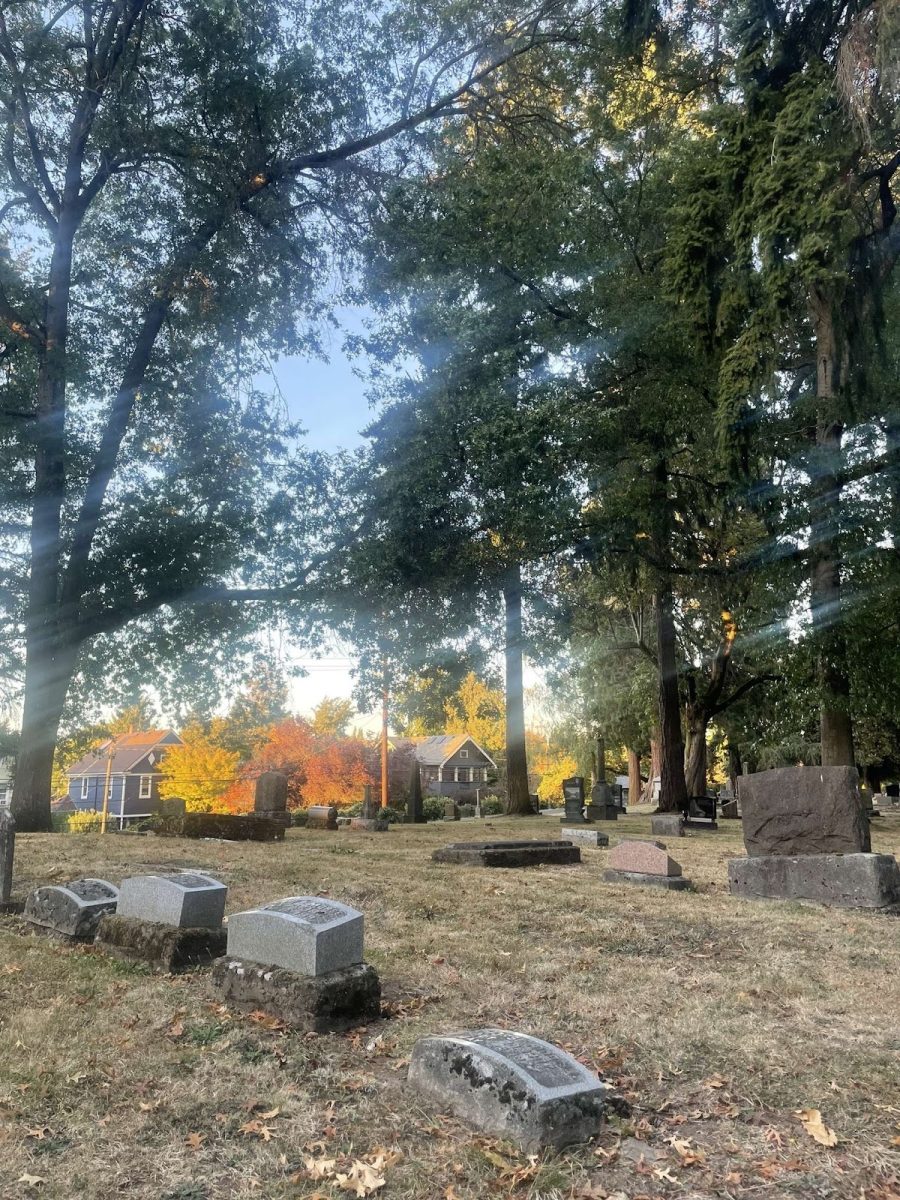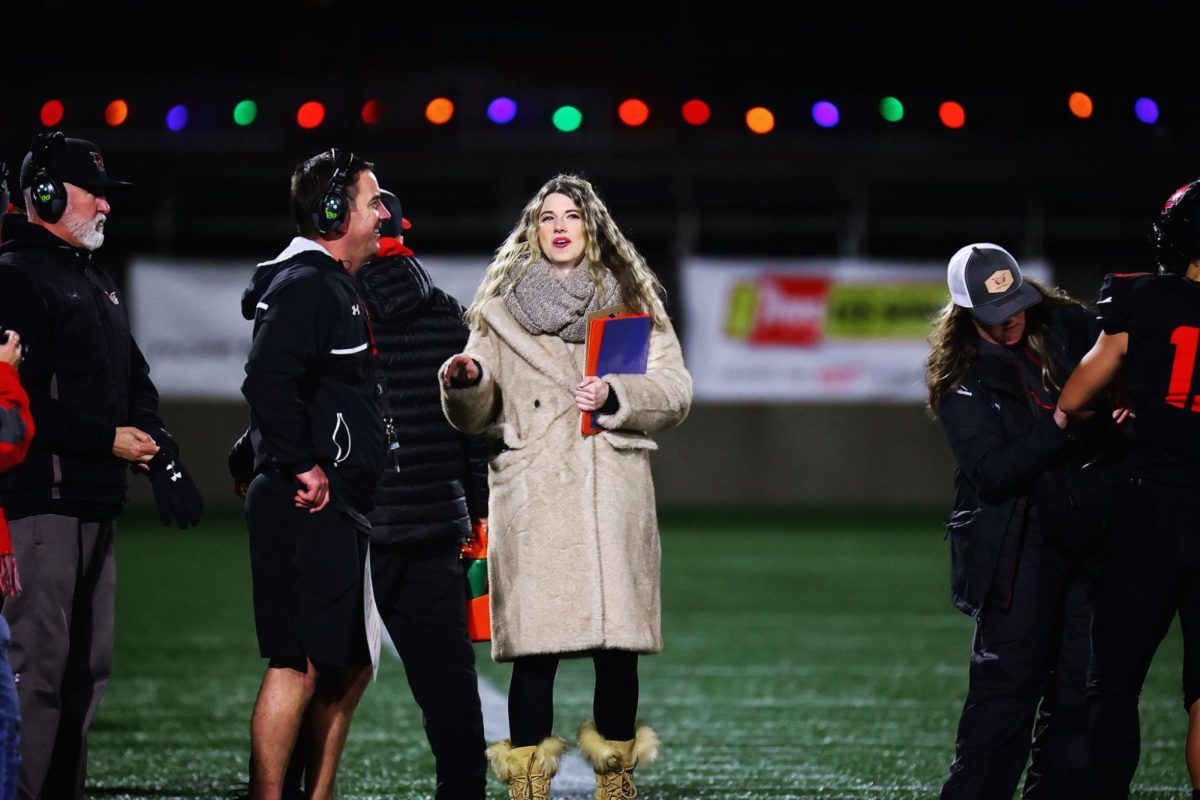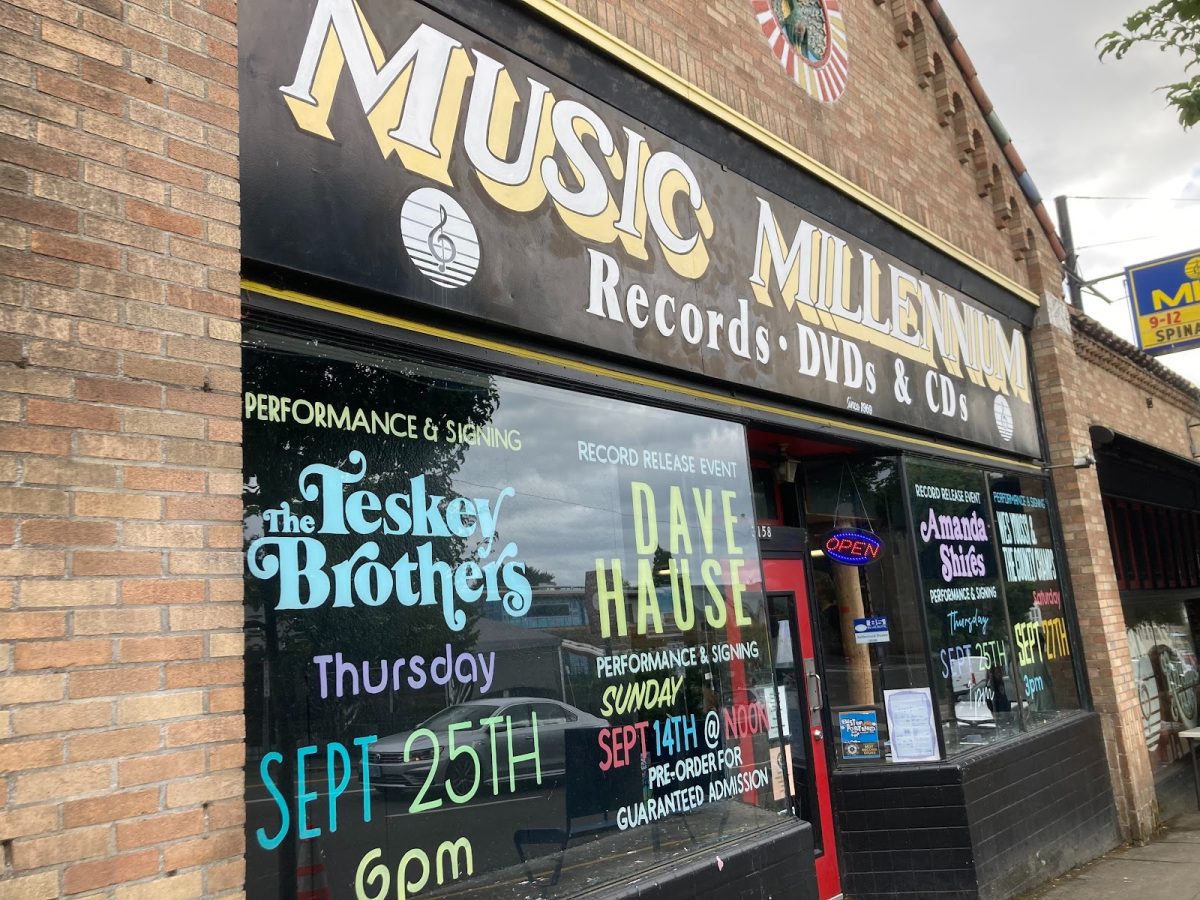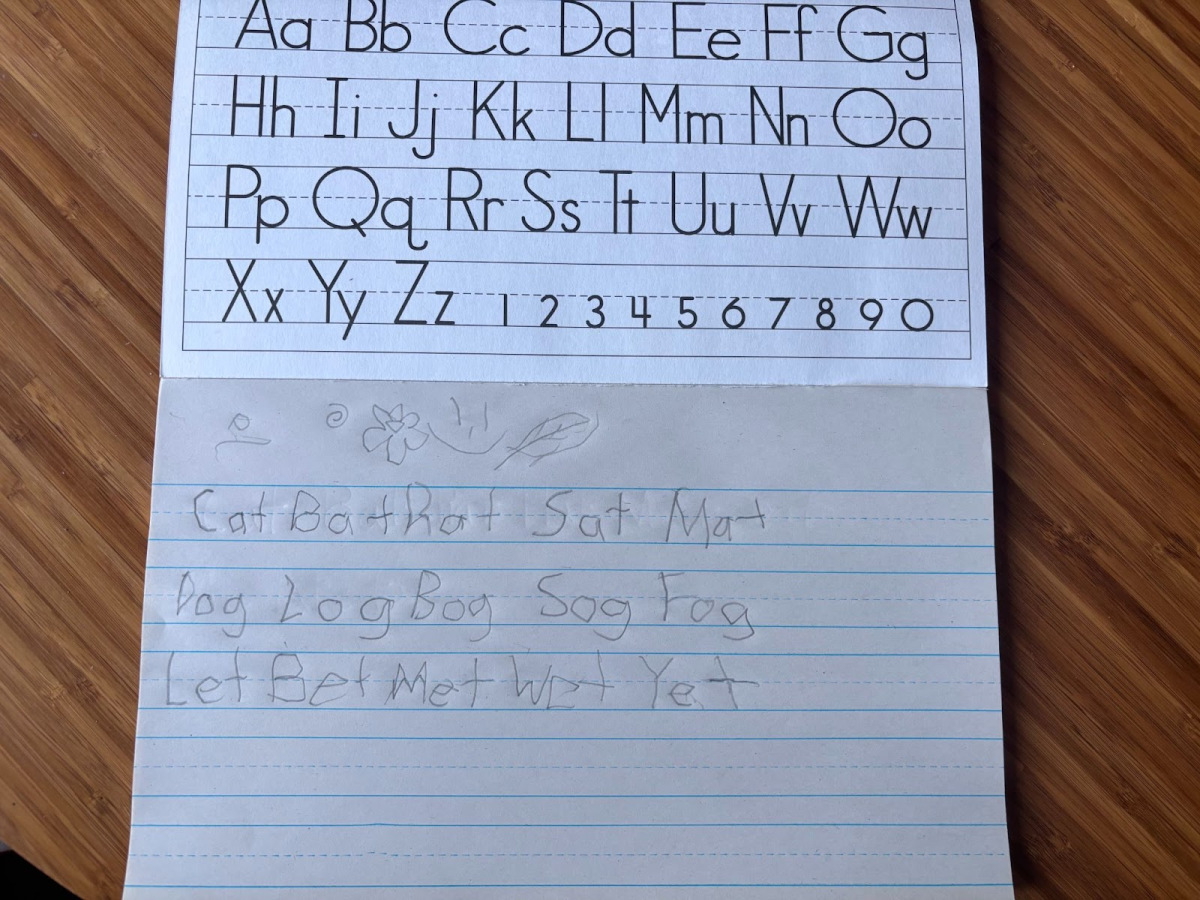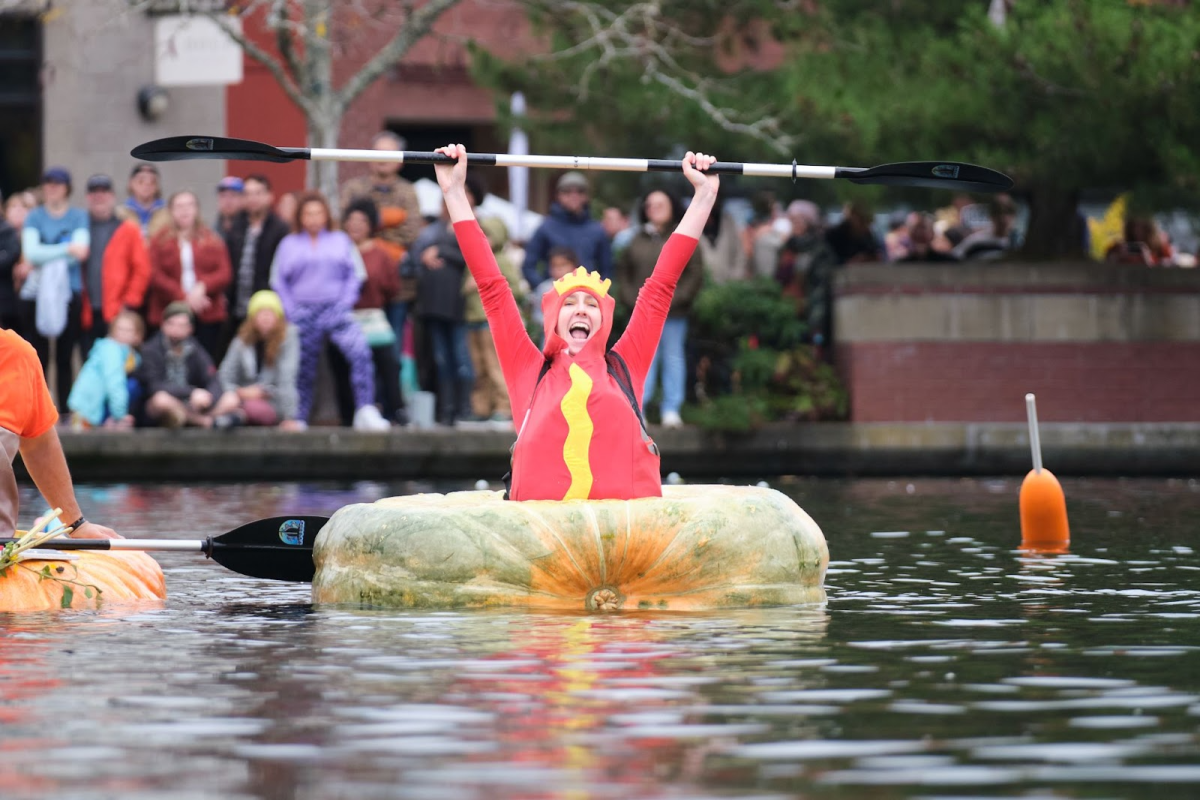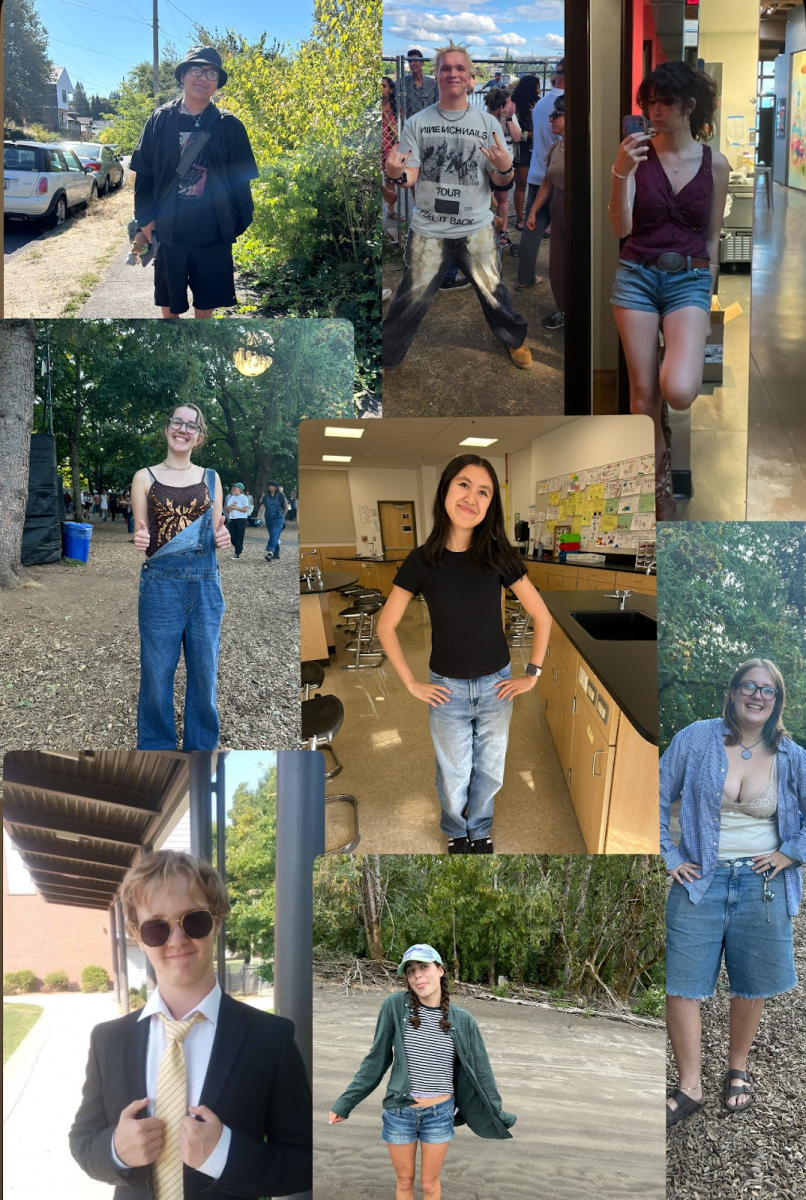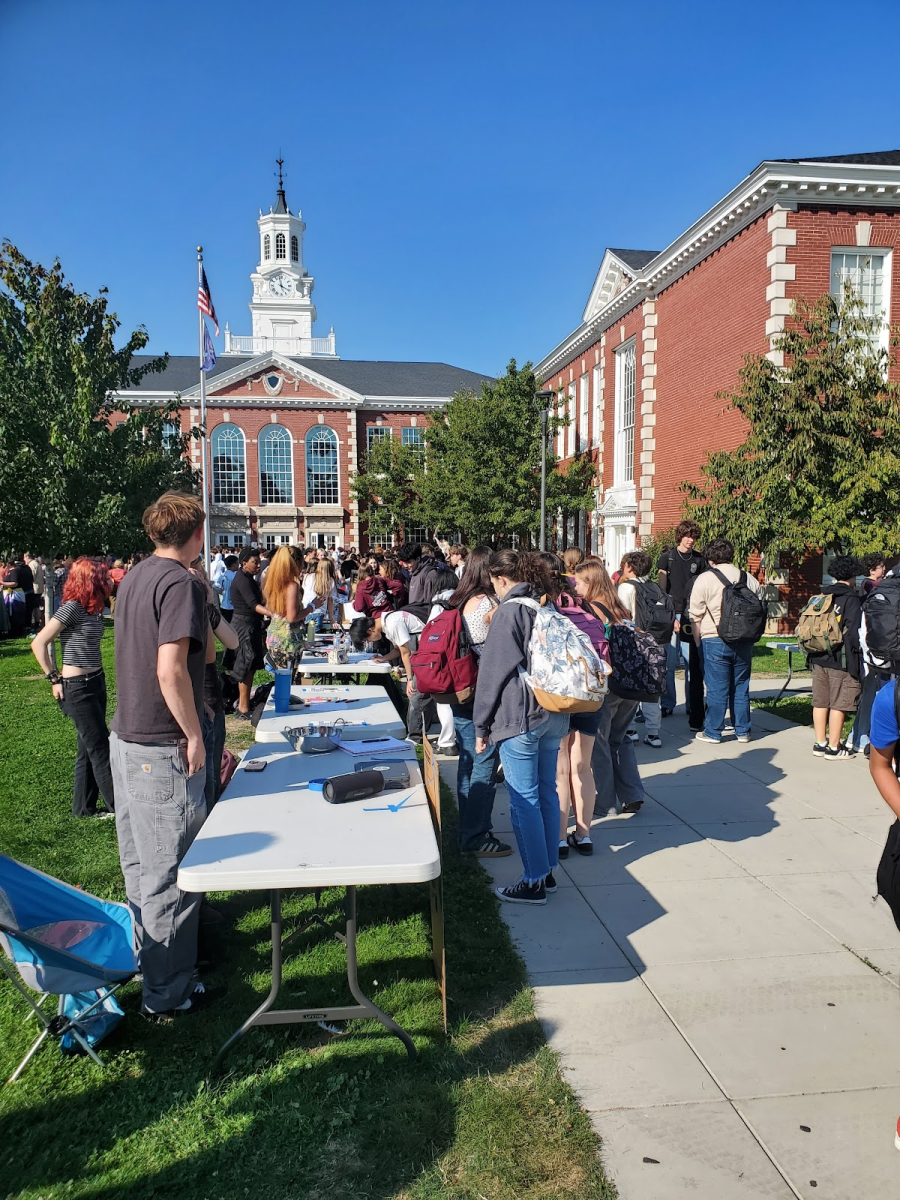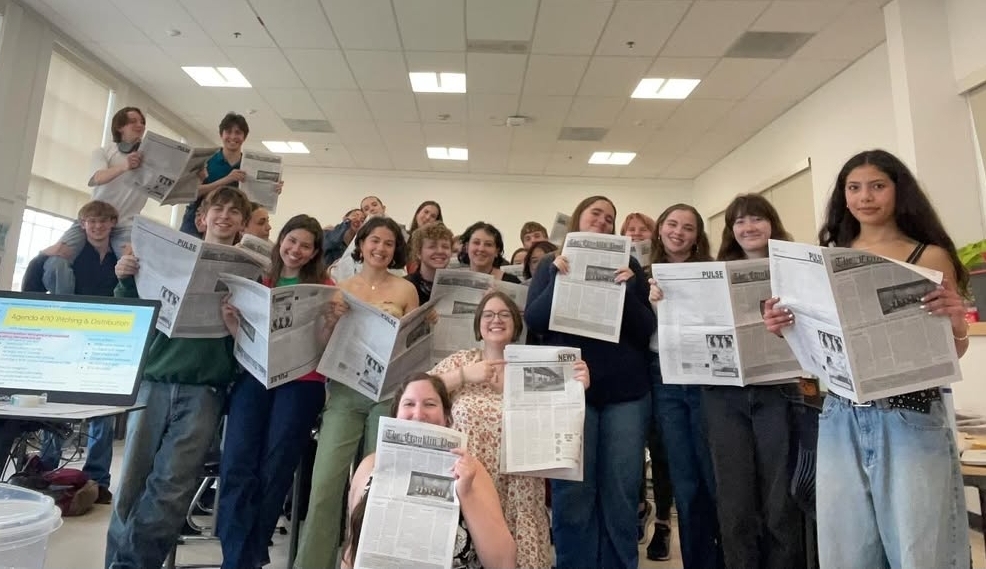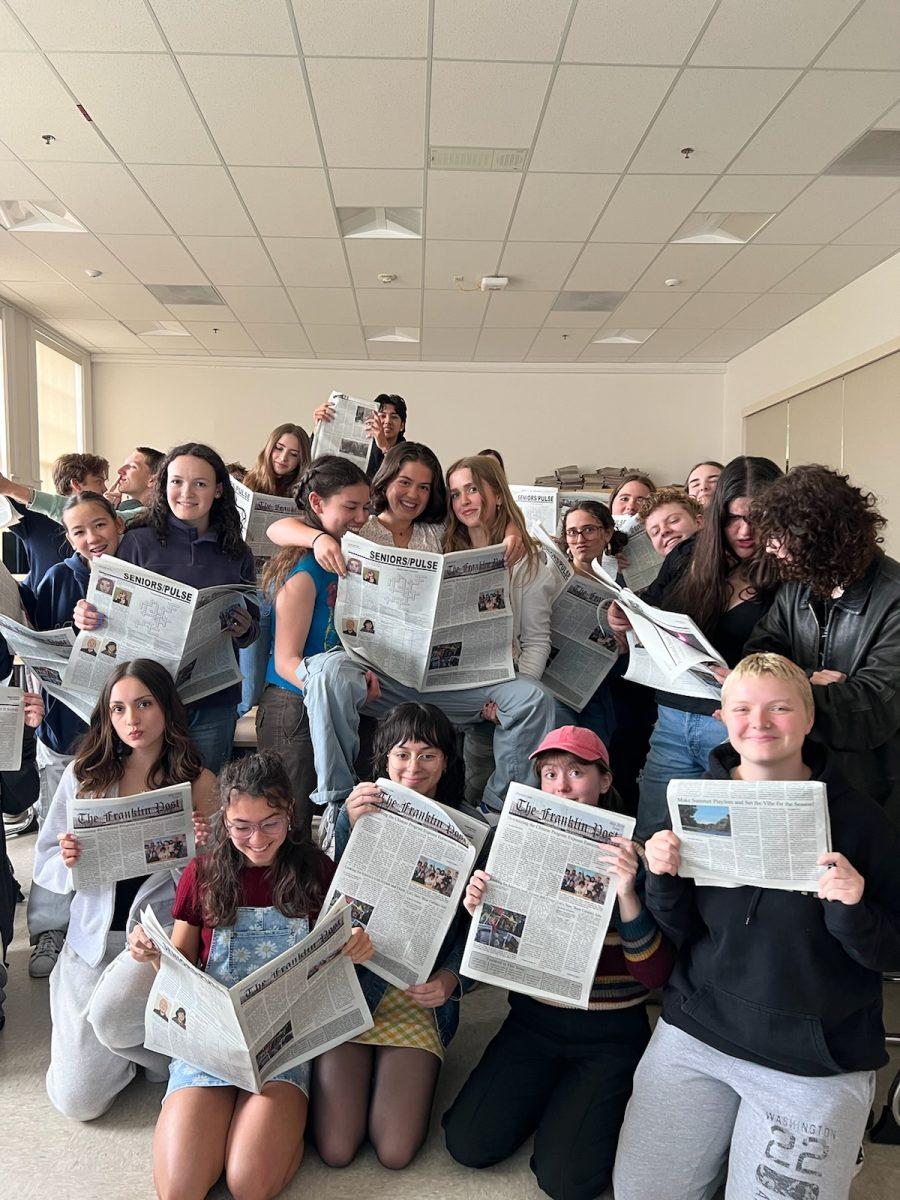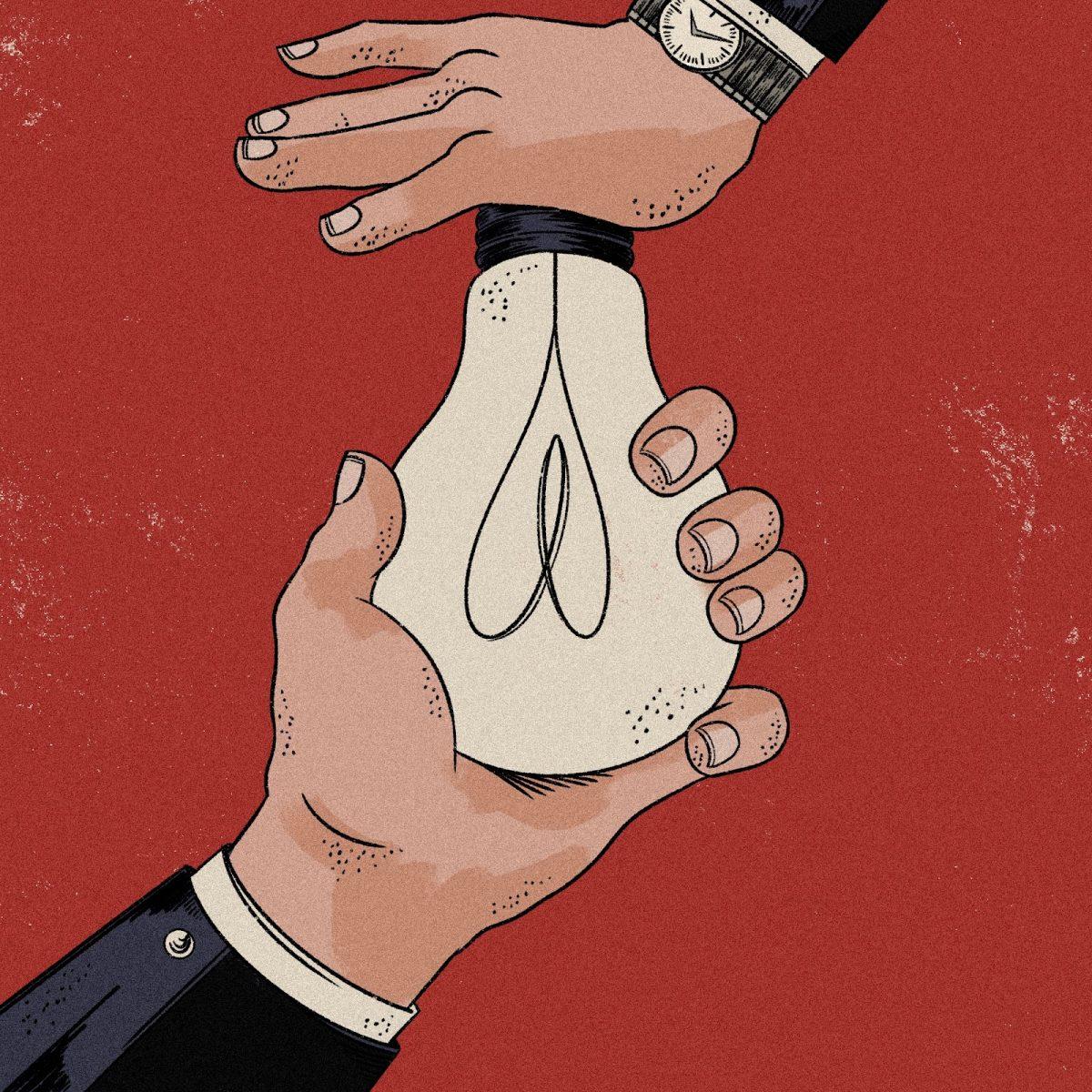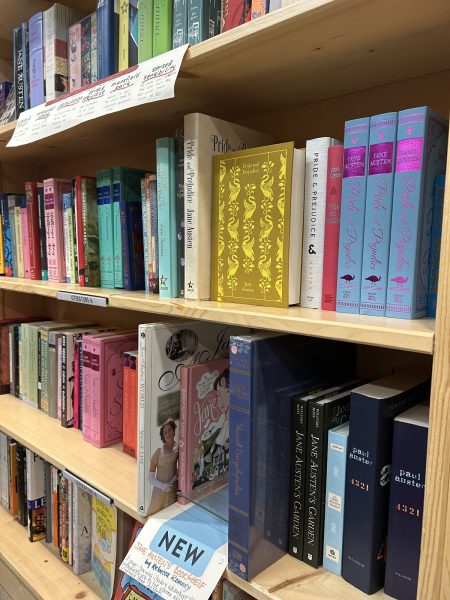
By nature, reading can appeal to people with a wide range of interests. From young adult (YA), to comics, to non-fiction, to fantasy, books come in many genres. One genre that can be polarizing is classic literature. While books are generally considered “classics” for a reason, the old-fashioned language and unfamiliar culture that makes up these stories can be a turn-off for many.
If you are looking to get into classics but don’t know where to start, Ayn Frazee, Franklin’s very own librarian, recommends “classics that embody universal themes.” Even if the language or society is different, they are relatable for young people across generations. These can be themes like “coming of age, breakups, fitting in, alienation from parents or society, deciding what you want to do with your life, mental health, [or] friendship,” she says.
One book that embodies many of these themes — published in 1967 — is “The Outsiders” by S. E. Hinton. Because it was written less than 60 years ago, the language is fairly approachable. “The Outsiders” is a coming-of-age story about a 14-year-old boy named Ponyboy Curtis, who is part of a gang called the “greasers.” The novel follows his story as the greasers and the “Socs,” a rival gang made up of upper-middle-class kids, have conflict. It explores themes such as class division, found family, and identity. It is a fairly quick read.
Another classic written by a woman that should be a go-to when starting this genre is “Little Women” by Louisa May Alcott, first published in 1868. This is also a coming-of-age novel, and it follows the lives of four sisters around the time of the Civil War. The writing is easy to read, and the story is engaging, funny, and emotional. It’s easy to connect with the sisters, and it has everything a modern coming-of-age story does, from romance to tragedy to the struggle of figuring out what you want in life.
If you are looking for a classic with more dystopian themes, “Nineteen Eighty-Four” by George Orwell is a fast-paced novel that explores themes of surveillance, totalitarianism, and government control. Published in 1949 but set in the future, Winston Smith works for the Party, the totalitarian government that controls everything. He and his colleague, Julia, rebel against the Party and Big Brother, its leader. I’m “seeing a big resurgence in the dystopian genre as our political and environmental climates shift,” says Frazee. This book is a classic for a reason; if you want an interesting story full of social commentary, then this book is for you.
This list would, of course, not be complete without Jane Austen. “Pride and Prejudice” is one of the most well-known classic novels in the world and has many, many film adaptations. Published in 1813, it follows Elizabeth Bennet as she meets and falls in love with Mr. Darcy. Because it was written over 200 years ago, the language is not the kind you would see in a more modern book, but it is also not terribly difficult to understand. Also, this book can be a great way to introduce yourself to that kind of writing in the form of an approachable, enjoyable story. “Pride and Prejudice” is really a fun book, full of surprising plot twists and funny, interesting characters. Additionally, if you are having a hard time understanding what’s happening, watching the BBC “Pride and Prejudice” miniseries first is a highly enjoyable way to get acquainted with the story before delving into the book itself and can make reading the book a lot easier.
Most of the popular classic books are fiction, but “In Cold Blood” by Truman Capote is considered non-fiction. It was published as a book in 1966 and details the murder of the Clutter family as well as the subsequent capture of their killers. Through extensive interviews with many people, including the murderers themselves, Capote managed to write a detailed, compelling story that reads like a mystery novel and yet is, according to Capote, 100% true. If you like a good murder mystery, check this book out.
In the theme of mystery, the classic stories of Sherlock Holmes by Sir Arthur Conan Doyle have to be mentioned. Originally published in the Strand Magazine in the late 19th to early 20th century, these stories are intriguing mysteries starring one of the most beloved and adapted characters in literary and cinematic history. Additionally, the tales of Sherlock Holmes offer the choice of novels, of which there are four, or short stories, of which there are many.
“Beloved” by Toni Morrison is less of a classic adventure story than some other titles on this list, but this thought-provoking, character-driven novel stands out for its complex portrayal of a Black family after the Civil War and the abolition of slavery. This is a ghost story, and it explores themes such as generational trauma, familial relationships, and, mainly, the physiological effects of slavery. It was also more recently written, in 1987. It is suspenseful, masterfully written, and absolutely worth a read.
“Wuthering Heights” by Emily Brontë is another classic featuring a ghost, and it is considered a masterpiece of gothic literature. It begins when Mr. Lockwood moves into a house on a property owned by a character called Heathcliff, and much of the novel focuses on a tale told by Mr. Lockwood’s new housekeeper, Nelly Dean. She details the intricate and tragic tale of the current and previous inhabitants of the property, creating an immersive story of love and loss that will keep you engaged the whole time. The language is a bit old-fashioned — it was published in 1847 — but not to the detriment of understanding, and this is a great book to introduce you to this style of classic gothic literature.
Even if some classic books are easier to read than others, novels aren’t for everyone. Lilly J., an employee at the Holgate Library, suggests finding graphic novel or manga versions of classic books to read as a more accessible option. This helps give the reader a visual reference for what’s going on. Especially for books such as “Pride and Prejudice” or “Wuthering Heights,” having a visual representation can be quite helpful and make the story more engaging. She also shares that when she thinks of classics, her first thought is of Greek epics, so maybe check out “The Odyssey,” an epic tale of adventure that is still quite popular, despite being one of the oldest works of literature we have today.
“What we as a society consider to be classics is very telling,” says Frazee. Because classics are predominantly written by men and even more predominantly written by white people, Frazee explains that “people of color are left out of the narrative … [and classics] really are only one piece of the puzzle of our literary history.” When reading classic books, it’s important to think about the message being sent, because while classics can often be a critique of some part of society, just as often, they come encoded with racist, misogynistic, or otherwise problematic messaging that is important to look out for. “Ask yourself, ‘Who is missing from the novel?’” Frazee suggests. While keeping these things in mind, classics can be a valuable read, because they offer a powerful view into what society was like in a certain time period, while also showing how themes and events repeat throughout history.



